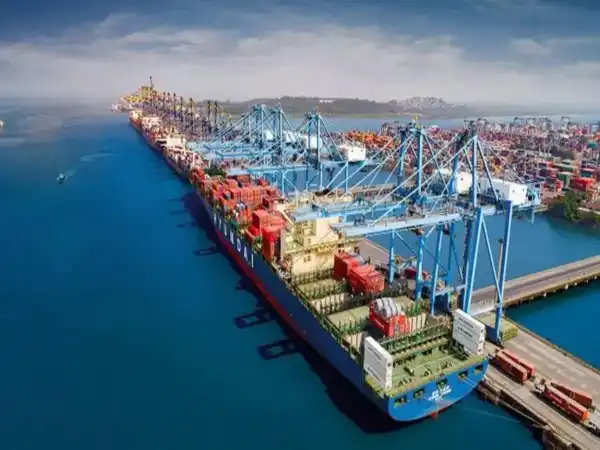Gautam Adani-led Adani Ports and Special Economic Zone (APSEZ) has expressed a strong interest in participating in projects worth Rs 53,000 crore at the upcoming Vadhavan Port near Mumbai. The move strengthens Adani Group’s growing footprint across India’s western coast.

Two Key MoUs Signed with JNPA
APSEZ signed two memoranda of understanding (MoUs) with the Jawaharlal Nehru Port Authority (JNPA), which holds the largest share in the Vadhavan Port project being developed off the Palghar district in the Arabian Sea. The first MoU, signed by APSEZ CEO and Whole-Time Director Ashwani Gupta, outlines Adani’s intent to take part in offshore works such as building a breakwater, with an estimated value of Rs 26,500 crore. The second MoU commits APSEZ’s interest in developing a container terminal at the same port, again worth around Rs 26,500 crore.
A Port with Global Ambitions
According to JNPA Chairman Unmesh Wagh, the Vadhavan Port is designed to rank among the top ten ports in the world by capacity from day one. The facility will feature nine container terminals, and APSEZ has shown interest in developing one of them. Wagh clarified that the MoUs only represent expressions of interest. The final contracts will be awarded through competitive bidding, where APSEZ and other participants will need to submit detailed proposals.
Strategic Stakes and Scale
Currently, JNPA holds a 76% stake in the Vadhavan Port project, with the remaining 24% owned by the Maharashtra Maritime Board, under the state government. JNPT, managed by JNPA, is already India’s largest container port, handling 7.3 million TEUs in FY25. Adani Group’s Mundra Port, the country’s largest by overall cargo, continues to be a major competitor in the same region.
Strengthening Presence in Maharashtra
The Vadhavan announcement comes a day after APSEZ pledged Rs 42,500 crore for expanding Dighi Port in Maharashtra’s Raigad district. With both projects, Adani Ports is clearly doubling down on Maharashtra’s maritime infrastructure, positioning itself as a key player in India’s port-led growth strategy.
